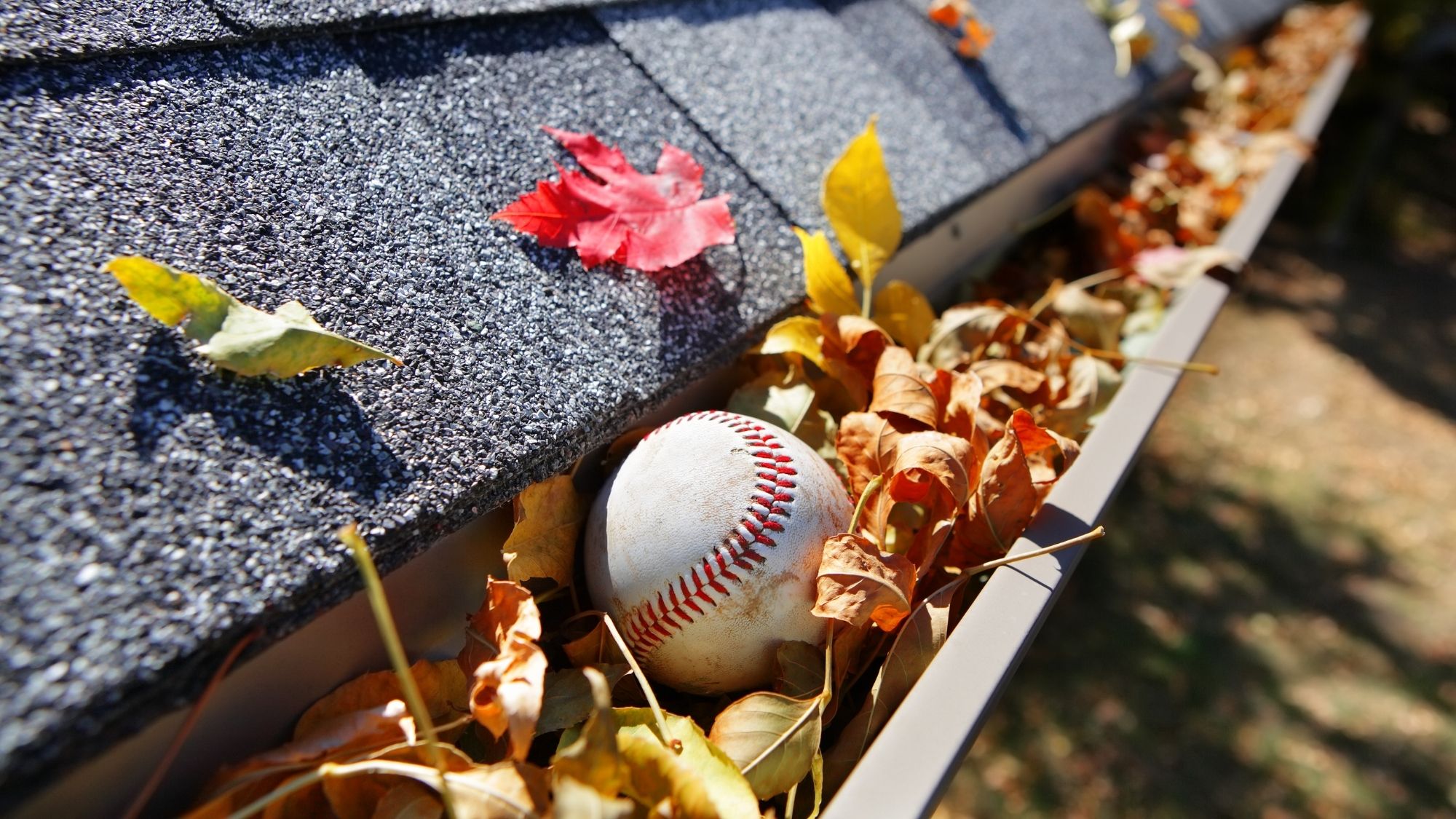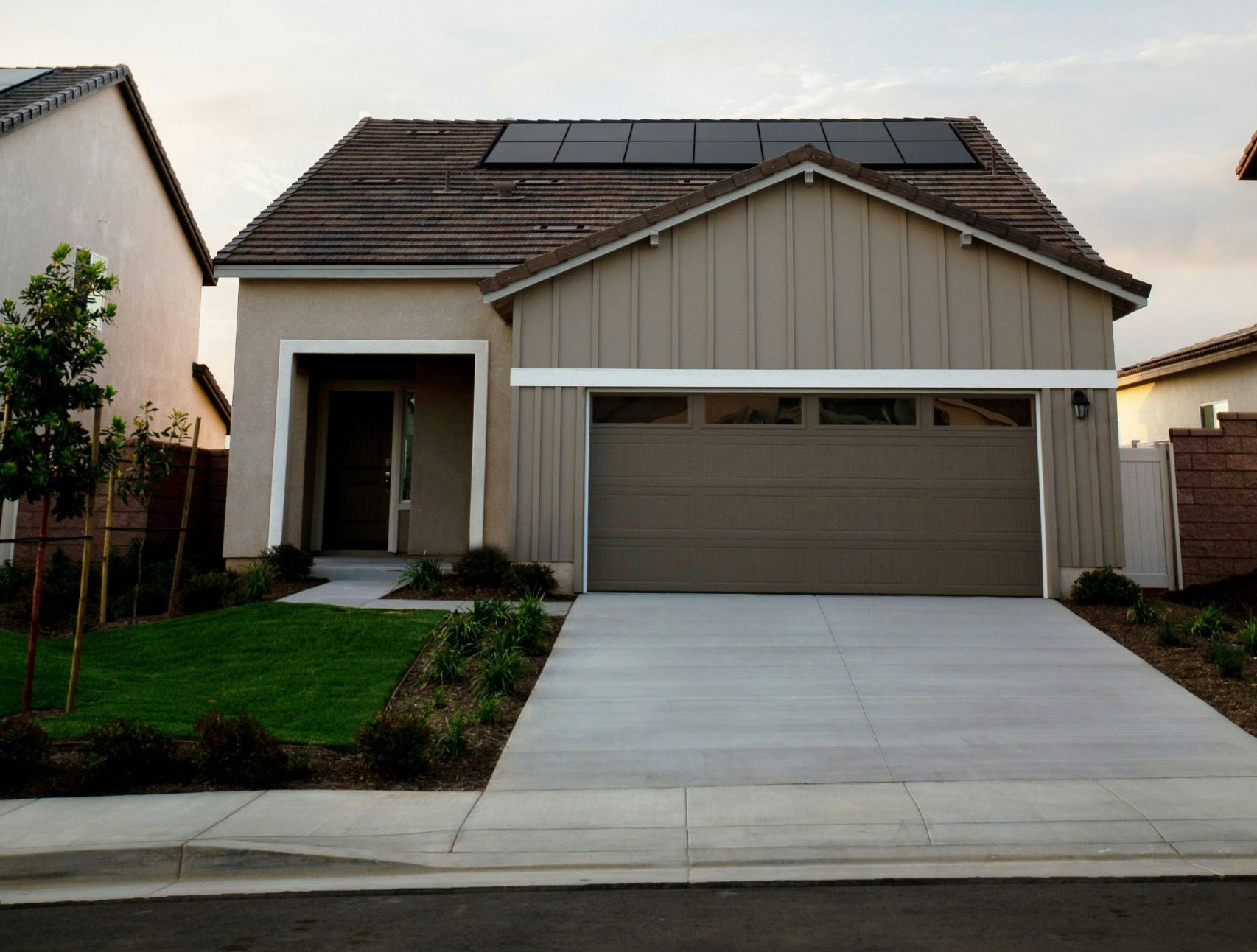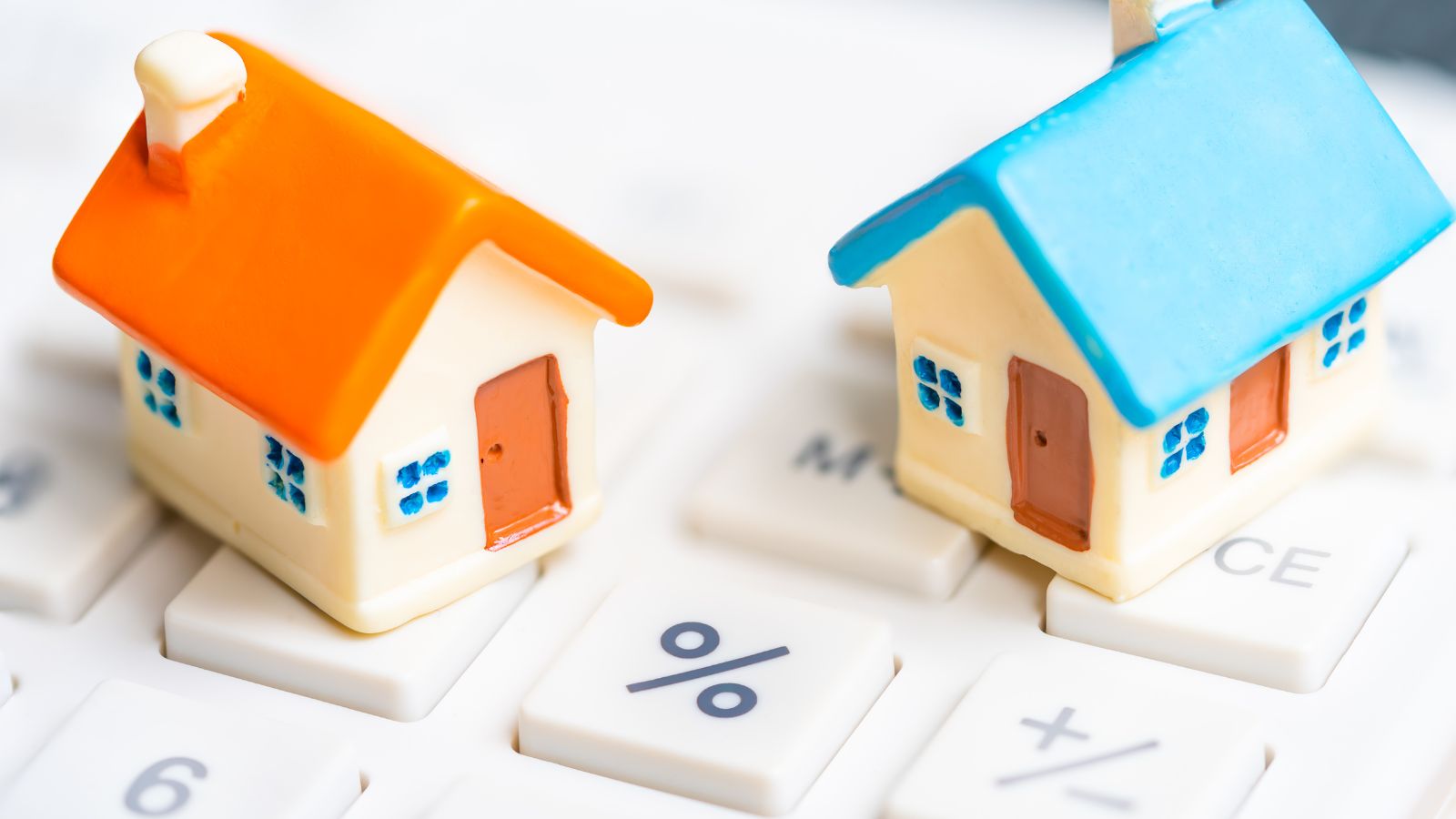Real Estate Trends 2024: What’s on the Horizon

With another year in the rear view, the question on everyone’s mind at this time of year is what will come in the months ahead. In 2023, we continued to see evolution in the real estate market with technological advancements, making both buying and selling more flexible than ever before. We saw home decor trends come and go and watched as smart home tech became more commonplace. So, what trends are we keeping an eye on for real estate in 2024?
Virtual Real Estate Tours: The New Normal
While virtual real estate tours are not new, they quickly become a staple in buying and selling homes. The COVID-19 pandemic stressed to us the importance of creating accessibility in real estate, and further advancements in both virtual and augmented reality technology have only continued to revolutionize how buyers experience homes for sale.
In 2024, virtual real estate tours are primed to become the new norm for many listings. Buyers can preview a home from the comfort of their couch—more effectively than with pictures alone—before moving forward with in-person showings. This also benefits the sellers, saving them from unnecessary showings by better filtering the most serious potential buyers.
Smart Home Technologies for All
Though it felt like a distant dream years ago watching The Jetsons on the couch, smart home technology is more available than ever. With devices becoming more readily accessible at multiple price points, smart home living isn’t just becoming commonplace but integral to the modern lifestyle.
Homebuyers in 2024 are now actively seeking properties with advanced automation features, such as smart thermostats, security systems, and energy-efficient appliances. These innovations enhance convenience, contribute to sustainability, and even save them money in the long run.
Environmentally-Conscious Living
Sustainability is no longer just a buzzword but a fundamental criterion in real estate. Green building materials, energy-efficient designs, and eco-friendly amenities are increasingly sought-after by both buyers and investors. This has become especially true with government initiatives and tax rebates, making green homes more and more enticing. As environmental awareness only continues to grow in 2024, many developers are now incorporating sustainable practices into their building processes.
Decentralization: The Resurgence of Suburbia
The allure of urban living is waning as more people prioritize space, affordability, and connection to nature. In 2024, we anticipate more interest in suburban and rural real estate, driven by remote work and a stronger desire for work-life balance.
Affordable Housing initiatives
Rarely can you turn on the news and not hear a story about housing and affordability. A rising crisis as inflation continues to stress our economy, we anticipate addressing this need to become a key focus in 2024 real estate. Collaborations between governments, developers, and non-profits are already underway to strategize innovative solutions for affordable housing. I anticipate more discussion around these efforts to make homeownership more affordable for more people in the coming months.
Real estate in 2024 is looking to be a dynamic market filled with innovation and flexibility. As we continue to evolve, embracing these trends helps us stay ahead of the curve and contribute to reshaping the future of real estate. Whether you’re a buyer, seller, or investor, keeping an eye on these trends will help you confidently navigate the real estate market.
5 Smart Home Upgrades to Increase Your Property Value

Creating a smart home can be a great way to add convenience and efficiency to your lifestyle. But beyond just personal benefit, integrating smart home technology can also significantly increase how much your home is worth. Not only do these devices add a sense of modernization to the home, they can even save the new homeowners time and money—justifying an increase in property value. Today, we are going to explore 5 smart home upgrades that can attract home buyers and boost your property’s market value.
Smart Thermostats: Climate Control and Energy Savings
A smart thermostat is a practical addition to any home, allowing you to remotely control your heating and cooling systems with your smartphone or voice commands. Smart thermostats learn over time and adjust the temperature based on your preferences, potentially saving you a significant amount on energy bills. They’re not only convenient but also appealing to homebuyers who are looking for eco-friendly and energy-efficient features.
Intelligent Security Systems: Safety with Convenience
Home security is a top priority for many homeowners and prospective buyers alike. Upgrading to a smart security system—which typically includes smart locks, cameras, and alarms that can be monitored and controlled remotely—provides a sense of safety and peace of mind. Together, these devices can notify you of any unusual activity in real time and can be a powerful deterrent to potential intruders. This can be a particularly attractive selling point for buyers who value security.
Connected Lighting: Ambiance and Energy Efficiency
Smart lighting systems allow homeowners to adjust the lighting from anywhere, set schedules, and even create scenes for different times of the day. The accompanying LED smart bulbs are also more energy-efficient and last longer than traditional light bulbs, making them a cost-effective solution in the long term. With the increasing popularity of home automation, lighting that can be controlled with your smartphone or smart assistant is a highly desirable upgrade when buying a house.
Advanced Smoke and Carbon Monoxide Detectors: Enhanced Safety Features
Smart smoke and carbon monoxide detectors are more sophisticated than their traditional counterparts. They can send alerts to your phone if there’s an issue, and some models can even tell you the type and location of the fire or gas leak. These devices add a layer of safety to the home and are a worthwhile investment for homeowners who want to leverage modern technology for enhanced protection. The added benefit of having these systems already installed also adds a level of comfort and security for potential buyers, increasing its attractiveness and value.
Smart Home Hubs and Voice Assistants: The Heart of Home Automation
A smart home hub is the central point of control for all your devices. Paired with a voice assistant like Amazon Alexa or Google Assistant, it allows for seamless integration and management of your smart home ecosystem. Homebuyers are increasingly looking for homes that offer integrated technologies that can be easily controlled, making a smart home hub an attractive feature for tech-savvy buyers.
Smart home upgrades can make a home more attractive to potential buyers by offering cutting-edge technology that provides convenience, energy savings, and enhanced security. When considering smart home upgrades, focus on those that offer broad appeal and practical benefits. By doing so, you can increase your property’s value and desirability in today’s real estate market.
Remember, while these upgrades can add value, ensuring they’re installed professionally and are easy to use is crucial, as complexity can deter some buyers. With the right smart home enhancements, you can make your home stand out in the market and command a higher selling price. Consult your local real estate professional for more details on what upgrades to consider when preparing your home for sale!
Fall Home Maintenance: Prepping Your Home for Winter

As the vibrant colours of autumn start to fade, and the air becomes crisper, it’s a clear sign that winter is just around the corner. Before the snow and frigid temperatures arrive, it’s essential to ensure that your home is prepared to withstand the harsh conditions of the Saskatchewan winter season. Fall home maintenance is a crucial step in safeguarding your property and keeping it warm, comfortable, and energy-efficient during the winter months. Here are some tasks to help you get your home ready for winter.
1. Inspect Your Roof
Your roof is your home’s first line of defence against the elements, so it’s vital to make sure it’s in good shape. Check for damaged or missing shingles, and repair any issues you find. Remove debris like leaves and twigs, which can trap moisture and cause rot. Ensure that your gutters are clean and functioning correctly to prevent ice dams and water damage.
2. Seal Gaps & Cracks
Inspect the exterior of your home for gaps and cracks in the foundation, siding, and around windows and doors. Seal these gaps with weatherstripping or caulk to prevent drafts and keep your home warm. Like our parents always used to say—”We’re not paying to heat the whole neighbourhood!”
3. Service Your Heating Systems
If it has been a while since last time, have your heating system professionally serviced before the cold weather sets in. Change the filters, clean the ducts, and ensure everything is working efficiently. If you have a fireplace or wood-burning stove, clean the chimney to prevent hazardous creosote buildup. These proactive steps can prevent heating breakdowns during the winter and improve energy efficiency. And servicing early will prevent frosty wait times should you wait for a problem to arise!
4. Check Insulation
Proper insulation is crucial to keeping your home warm and energy-efficient. Inspect your attic, walls, and basement for any gaps or missing insulation. Consider topping up insulation if necessary to keep the warm air in and the cold air out.
5. Test Smoke & Carbon Monoxide Detectors
When winter sets in, no one thinks twice about cranking the temps to stave off the cold. With heaters and fireplaces in use, though, it’s essential to make sure your smoke and carbon monoxide detectors are working correctly. Replace the batteries and test them to ensure your family’s safety.
6. Winterize Your Plumbing
Freezing temperatures can wreak havoc on your plumbing, and water damage is one thing no homeowner wants to deal with. Drain and disconnect outdoor hoses, shut off exterior faucets, and insulate pipes in unheated areas of your home to prevent freezing and bursting. Consider investing in a smart thermostat to monitor and control your home’s temperature remotely.
7. Clean & Store Yard Equipment
As the gardening season ends, clean and properly store your yard equipment. Drain gasoline from lawnmowers, trimmers, and other tools to prevent fuel degradation and damage to the equipment. Store them in a dry, sheltered area. Tidy up your outdoor space to prevent having to dig anything out of the show—especially if you are selling your home this winter!
8. Prune Shrubs & Trees
Fall is an excellent time to prune trees and shrubs to keep them looking sharp for next season! Trim dead ends and any overhanging branches or those close to your home to prevent potential damage from heavy snow and ice.
9. Stock Up on Winter Supplies
Lastly, remember to stock up on winter essentials like salt, snow brushes, and shovels. Having these items on hand will make dealing with snow and ice much more manageable when the first storm of the season hits.
Preparing your home for winter is a simple way to ensure that it remains a warm, safe, and energy-efficient sanctuary throughout the cold season. These steps will not only keep you comfortable but also save you money on energy bills and potential repair costs. So, roll up your sleeves, grab your tools, and get your home ready for winter and surviving the holiday season ahead.

 Facebook
Facebook
 X
X
 Pinterest
Pinterest
 Copy Link
Copy Link






